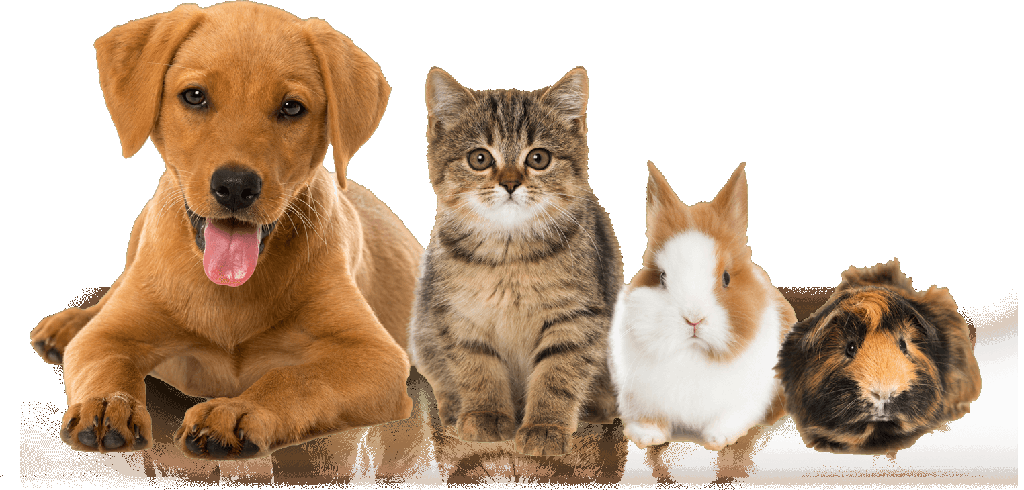From routine spays and neuters to dealing with unexpected health conditions, surgery is a nearly inevitable part of pet ownership. By knowing ahead of time what recovery will look like, owners can feel more confident about any procedures their pet may need.
While pets are typically sent home with printed post-operative care instructions, there are many shared features among surgeries that owners can expect. Dr. Jacqueline Davidson, a clinical professor at the Texas A&M College of Veterinary Medicine & Biomedical Sciences, shares some general advice to help owners prepare for a successful recovery.
By the time a surgical patient is sent home, they usually have fully recovered from anesthesia, but some side effects may linger.
“Some pets may feel a little ‘off’ for the first evening, and, occasionally, it could take a day or two to regain their normal attitude, but it depends quite a bit on what procedure or procedures were done,” Davidson said. “If they seem a little less energetic than usual, the best approach is to encourage them to rest in their favorite quiet place.”
Anesthesia may also affect the digestive system.
“Most pets will eat and drink normally after surgery, particularly by the next day, but some pets may not have their full appetite back for two or three days,” Davidson said. “Anesthesia can also slow the activity of the intestinal tract. Often, pets may not have a bowel movement for several days or even up to a week after anesthesia.”
If a pet is less active following a procedure, it is usually best to let them set their own pace for getting back to normal activity levels. However, many surgeries require a period of reduced activity for proper healing to take place, which may involve keeping a pet in a contained, low-stress area.
“The recommended time for activity restriction depends entirely on the procedure and could vary from none to days to weeks,” Davidson said. “In some cases, full activity may be restricted for several months. Your veterinarian will let you know what activity restriction, if any, is recommended for your situation.”
One shared feature among most surgeries is the risk of infection. Because infections are easier to treat before they become severe, owners should be on the lookout for any changes at the incision site after surgery.
“Signs of infection at an incision site include redness or swelling that is getting worse,” Davidson said. “In addition, there may be fluid or pus draining from the incision site. Drainage that is cloudy, yellow or green is particularly suspicious for infection.”
Although it can be more difficult to notice a deeper infection, owners can watch out for lethargy or a decreased appetite and contact a veterinarian if they have any concerns.
In addition, by monitoring the incision site daily, owners can reduce the risk of infection.
“If there are incisions, make sure that your pet is not excessively licking, rubbing or scratching them. This is sometimes ensured by having the pet wear a cone-collar, T-shirt, sock or bandage, depending on where the incision is located,” Davidson said. “Any bandages must be kept clean and dry. If they become damp, dirty, or begin to smell, they should be assessed by your veterinarian.”
Every type of surgery will have different post-operative care instructions, so the most important thing an owner can do is have a thorough discussion with their pet’s veterinarian about what to expect and how to best care for their animal after the procedure.
Surgery can be a confusing experience for pets, but they will appreciate their owner’s reassuring presence during recovery. In addition to being prepared and taking measures to keep the risk of infection low, showing a pet love and comfort is a great way to ensure recovery goes well.
Pet Talk is a service of the College of Veterinary Medicine & Biomedical Sciences, Texas A&M University. Stories can be viewed on the web at vetmed.tamu.edu/news/pet-talk. Suggestions for future topics may be directed to editor@cvm.tamu.edu.




